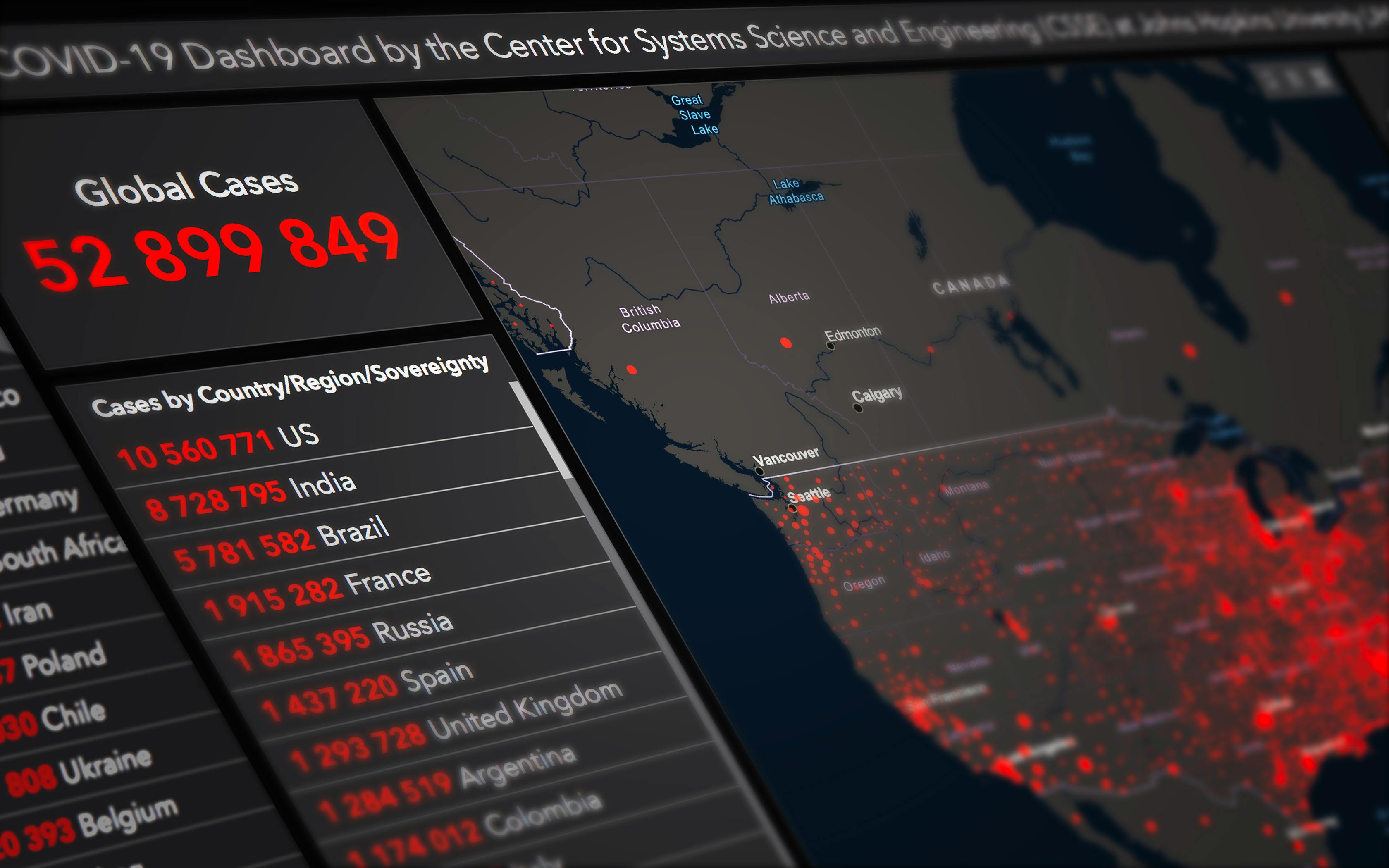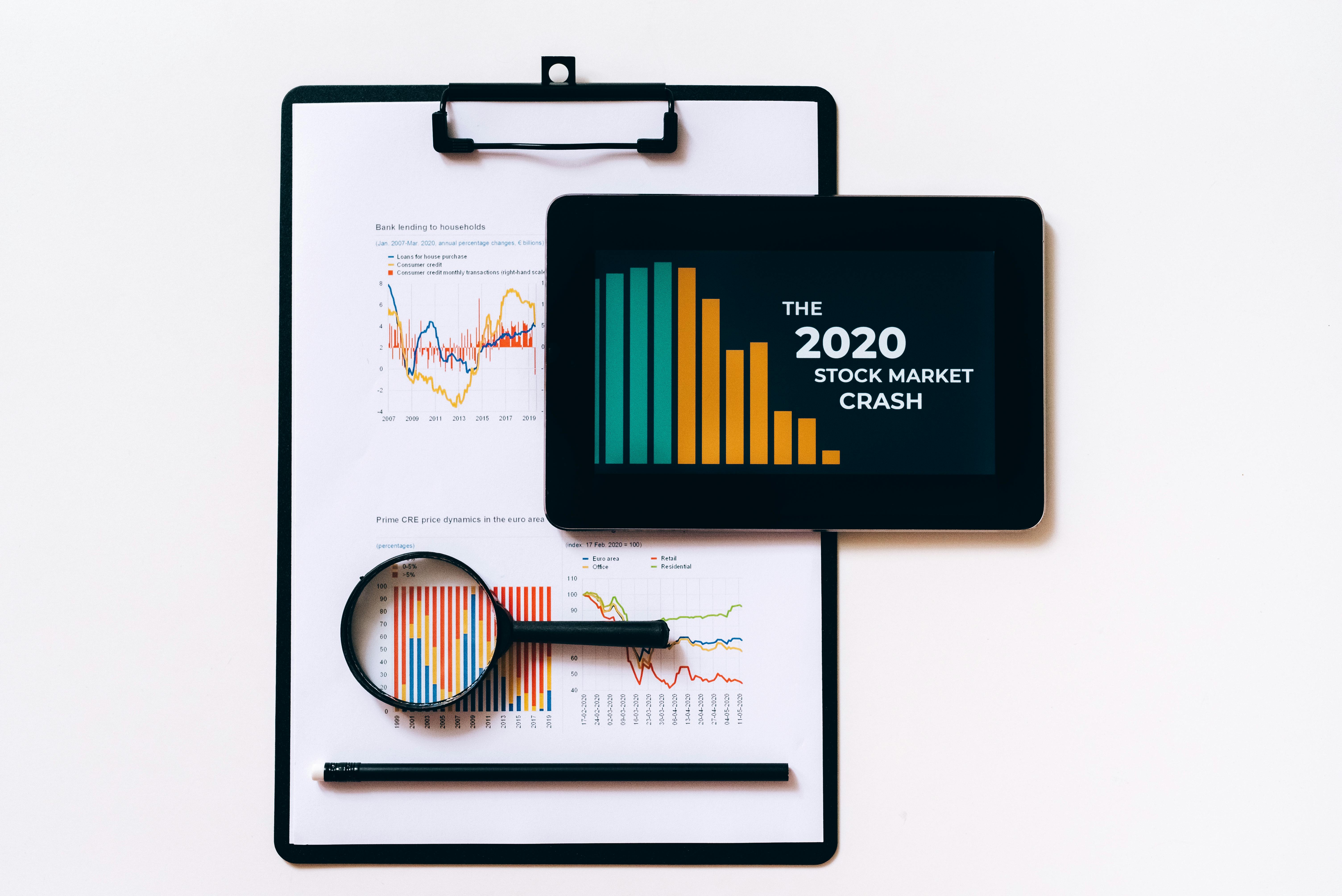CPM
CPM stands for Cost Per Thousand. (M is the Roman numeral for thousand – and therefore Cost per Thousand).
This is the amount you will pay the ad network or website publisher to show your ad a thousand times on their website or their ad network.
If your ad is shown only once to each visitor (Unique Impressions) or any number of times, that’s something you’ll need to work out with the nad network or website.
CPM rates were once (before the bubble burst era of the year 2000) as high as $75, but have now dropped to as low as $1 CPM.
CPC
CPC stands for cost per click. This is the amount you would pay to the ad network or website each time a visitor clicks on your banner. CPC rates can be as high as $3 per click or as low as 5 cents per click. It depends on your product and your market; Among other factors, the more competition there is, the more likely you’ll end up paying while competing with your competitors.
CPA
CPA stands for cost per action. The action can be any of the following types of actions: a visitor clicking on your banner, coming to your site, and filling out a simple inquiry form (CPR: cost per registration), or if the visitor makes a purchase (CPS: cost per sale). ). It can be a flat rate or a percentage commission of the sale made. Affiliate networks like commissionjunction, linkshare and clickbank have very good software systems to keep track of all this and provide statistics to online merchants and publishers on their network of websites.
I have explained in detail what an Affiliate Network is, in another section. Basically, they allow publisher websites to sign up for free so they can start earning commission on the sales that come from the traffic they send to online merchants. Affiliate Network keeps track of all of this using their system and the codes merchants and publishers must place on their website. Publishers can sign up for free for the most part, and in some cases online merchants are required to pay a one-time setup fee and possibly a monthly fee with commissions, e.g. As in the union of the commission. A very popular site that is free for merchants is the Clickbank network.
CTR
CTR is the click through rate. This is the percentage rate at which people click on your banner ad. If 100 people see your banner ad, but one person clicks on it, then your CTR is 1% or .01
Similarly, if your banner ad is viewed 100,000 times and in the same time frame is clicked 2,000 times, then your banner CTR is 2% or 0.02.
This is how we calculate the CTR…
(Number of clicks / Number of impressions) x 100
Example, for the previous case it would be:
(2000 / 100,000) x 100 = .02
CPM, CPC or CPA… which one is better for my advertising campaign?
Your choice will depend on several factors. Sometimes companies like Pepsi simply want to assert their brand and be seen on many websites, without the need for the user to click on their banners. This is a brand hammering strategy, and a CPM deal would be preferable.
In addition to the massive branding effort above, the decision to go for a CPC, CPM, or CPA ad becomes a calculated decision when you have a product you want to sell on your website.
Would you pay the publisher only for the visitors they send you? Or would you pay him for every thousand ads he shows for you? o Would you pay him a commission on the sales of the visitors he sends you?
This is complicated. You may need to read the paragraphs below slowly, or even multiple times, to get the gist of what I’m saying…
To help you decide, you should first run a pilot CPM campaign that will help you measure results. Your CPM campaign and the number of clicks on your banner will let you know exactly what your CTR (click through rate) is for your banner.
Your CTR will help you decide the type of campaign: CPM or CPC? If your CTR is high, you should go for a CPM, if it is low, you should go for a CPC.
The reason for this is simple. If you have a low CTR, you would prefer to only pay for the little traffic that comes to your site. If your CTR is high, then you won’t mind paying CPM, because your cost won’t go up for more and more visitors coming to your site, but will stay the same.
I’ll explain the above, with a couple of examples:
Example 1
Let’s say a website you want to advertise charges a CPM of $5.00 and a CPC of 50 cents.
And, do you have to decide if you should go for CPM or CPC?
Let’s say you first buy 1,000,000 impressions.
This equates to $5,000 ($5 per 1,000 impressions x 1,000)
Now let’s say your CTR is not good and it’s 0.2% (or 2 clicks per 1000 ads)
Now you need to calculate how much you would pay if you had purchased a CPC.
If your CTR is 0.2% and you show 1,000,000 ads, this turns out to be…
0.002 x 1,000,000 = 2,000 clicks.
So you have essentially paid $5000 for 2000 clicks or $2.50 per click!
This means that it is better to buy based on CPC, because a click there costs me only 50 cents! And if I choose CPC, I’ll get 10,000 clicks for $5,000… which is 5 times more clicks than I get on the CPM model (2,000).
Example 2
Let’s say your banner ad turns out to be very good, and you get a very good CTR of, say, 5%.
Now you must decide ..CPM or CPC.
Let’s analyze as above –
I paid $5000 for 1,000,000 ads at 5% CTR
That means 5% x 1,000,000 ads were clicked, which is equal to
= 0.05 (5%) x 1,000,000 = 50,000 clicks!
So for $5000 I got 50,000 clicks.
Now if I had bought on a click basis then at the CPC rate of (50 cents) I will pay
50,000 x $0.50 fee per 50,000 clicks, which is $25,000 (5x what you would pay with CPM, for the same traffic)
Therefore, I prefer to buy with a CPM system for this banner ad campaign.
What about the CPA?
I have devoted a separate chapter to this. This system is slowly gaining popularity. It seems to be the fairest of the three methods, especially when you are selling a product or service. Both Google and Yahoo are leaning towards bringing their CPC system to a more fair and measurable CPA system. Google has recently launched Google Analytics and Google’s version of PayPal (Google Checkout) which is a positive and firm step towards their CPA plans.
Sell advertising space on your website: how much can you charge?
Today, CPM rates have dropped from highs of $50 to $10 to $2 in many cases.
If you have a lot of traffic, you can approach ad networks and they will serve the ads for your website. They will give you a code snippet to embed on your website pages. You will get a Username and Password to log in to a control panel area on the main ad-networks website, to view the performance of your site. Ad-networks pays you based on CPM or CPC, depending on what your client (the advertiser) opts for. They will take from 40% to 60% commission. This is acceptable, considering the fact that they get you the customers and the revenue, and they have to manage all the ad technology and payment systems.
Most of these ad networks require you to have a certain number of impressions per month to qualify to be a part of their website network. For example, DoubleClick requires a minimum of 5 million monthly page impressions. There are many medium-sized networks, such as Advertising, fastclick, ValueClick (CPC only, partially owned by DoubleClick), and even smaller ad networks like burstnet. You should visit adbalance for a complete list and summary of popular ad networks.
Poster management software
If you want to manage your own Clients and banner ads for your website, you will need to develop an ad serving engine or license a third-party ad serving engine and install it on your website. You can get a list of free and paid software scripts that you can install on your website at cgi-resources.com or hotscripts.com










